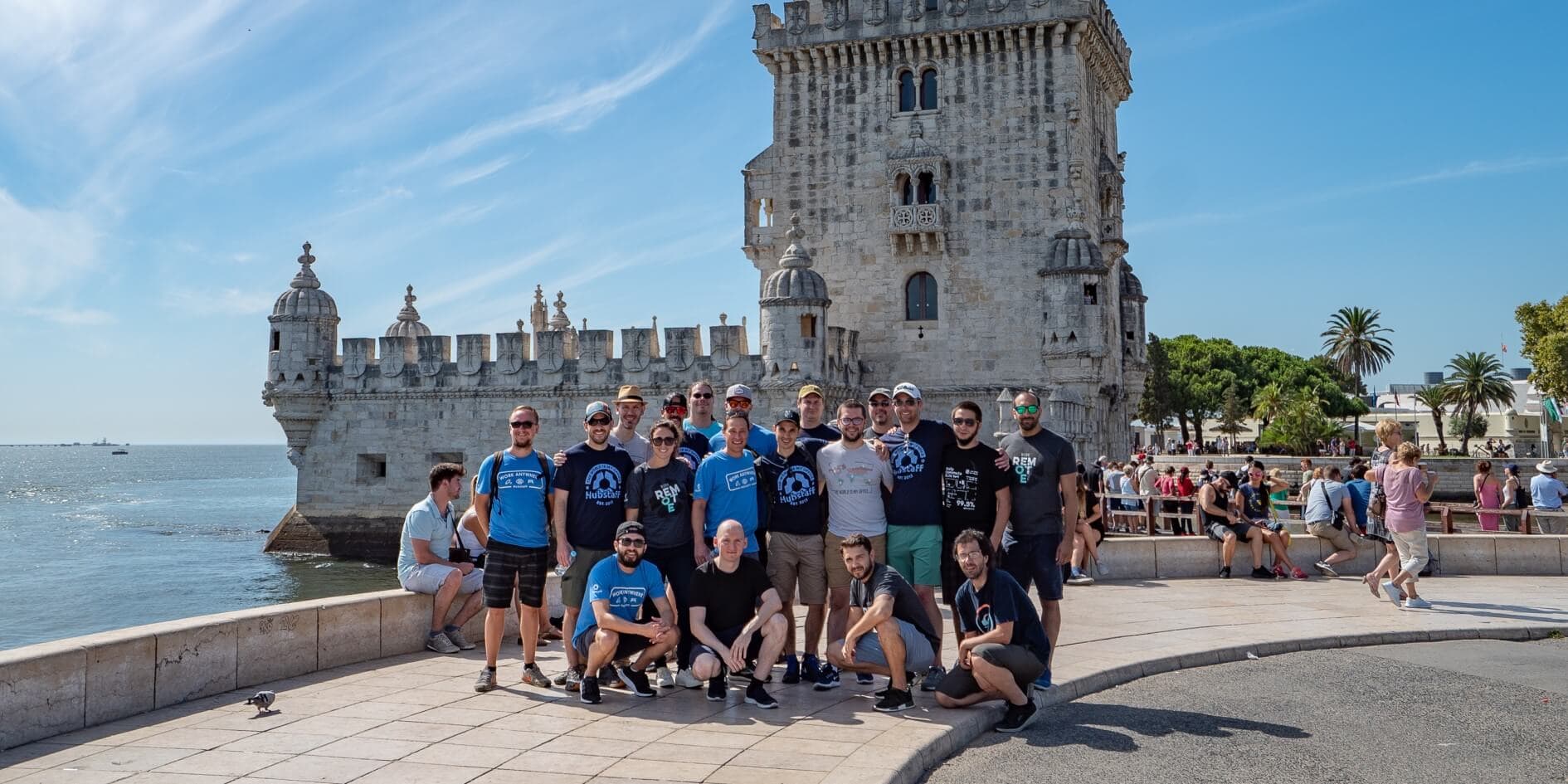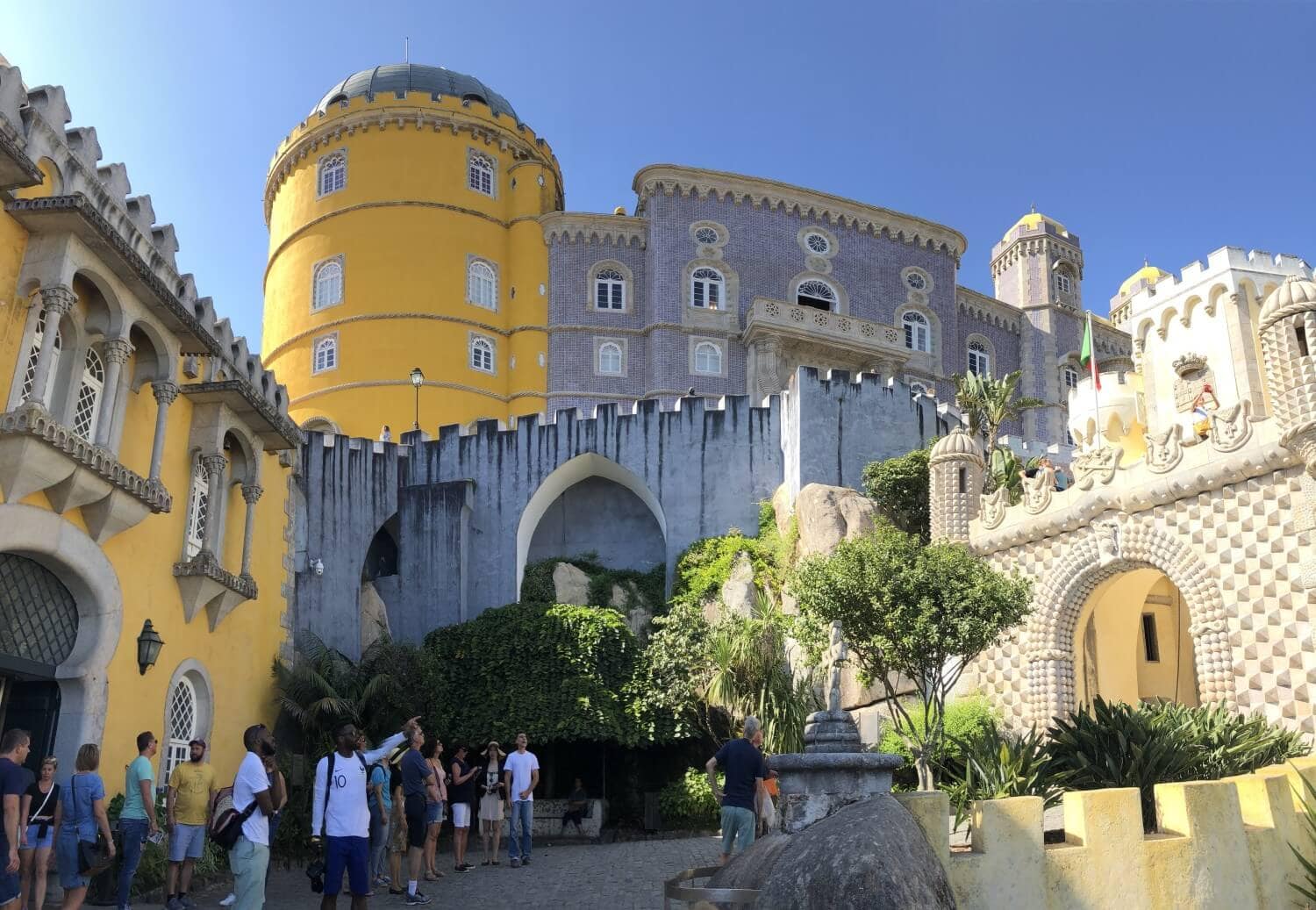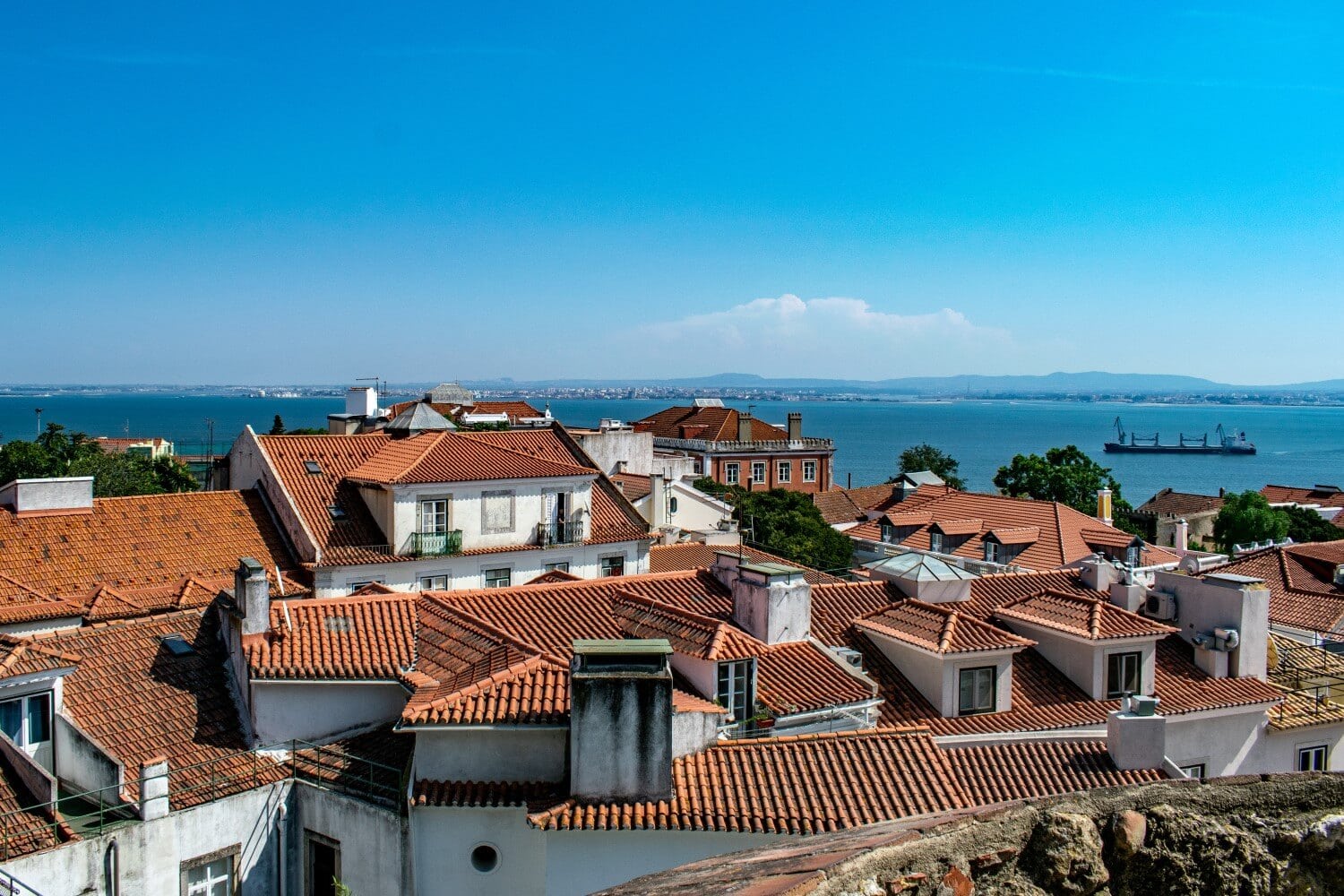As a 100% remote team, our annual retreat is a big deal for us. It’s one of the only chances for our growing team to meet up, work together, and talk about the future of Hubstaff while in the same room.
During an average week, we work from 11 different time zones so connecting and collaborating isn’t always as easy as picking up the phone. Although, Slack and Hubstaff Tasks does a great job of keeping us in the loop.
When considering how to improve our second annual retreat, we focused on a few key goals:
- Finding a location that would allow the most team members to attend
- Scheduling time to collaborate and talk about larger company goals
- Choosing activities and excursions that allows our team to get to know each other better
We assembled a small retreat planning team and started with the top priority: location, location, location.
Boost your team’s efficiency with Hubstaff's productivity tools
Choosing the perfect retreat location
After our first ever company retreat in Chicago last year, we decided to choose a new destination.
A European city would provide a more central location, and a change of scenery from the previous year.
It was decided: Lisbon, Portugal.
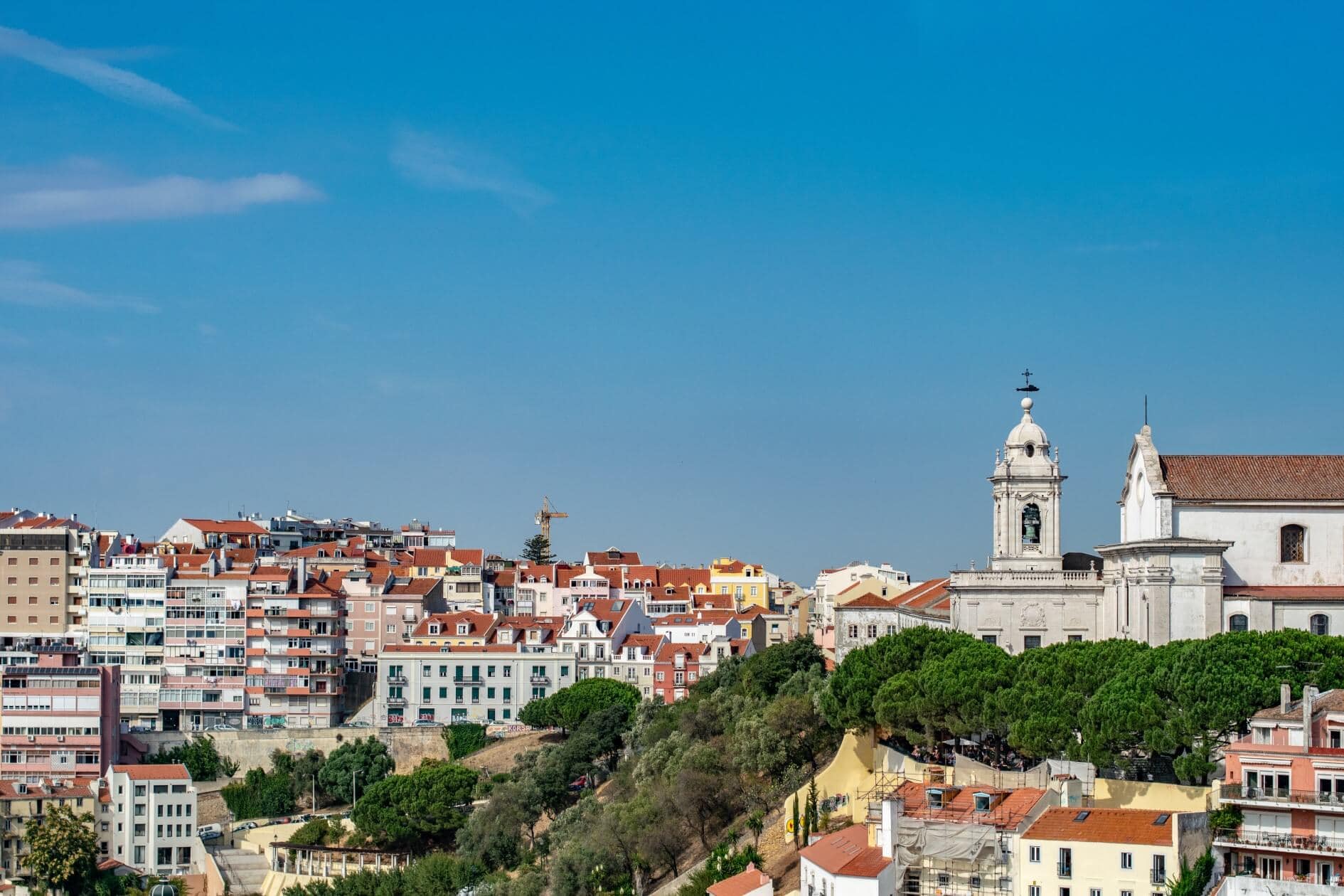
A Cidade das Sete Colinas (The City of Seven Hills).
Rainha do Mar (Queen of the Sea).
We were all excited to check out this coastal city.
In addition to its scenic beauty, one of the great things about Lisbon is that it allowed us to double our retreat attendance. This year, most of our European team was able to make it — bringing our group up to 22 guests
Compared to our first year, the size of this group meant planning well in advance for:
- Centrally located accommodations
- Restaurants and dining
- Activities that work for a group with diverse interests
Looking back at our second annual retreat, we learned a ton and would love to share our insight with you. Plus, we also have a library of photos that need to be shared.
Here’s what we learned after our second annual retreat for anyone looking to plan one for their own remote team.
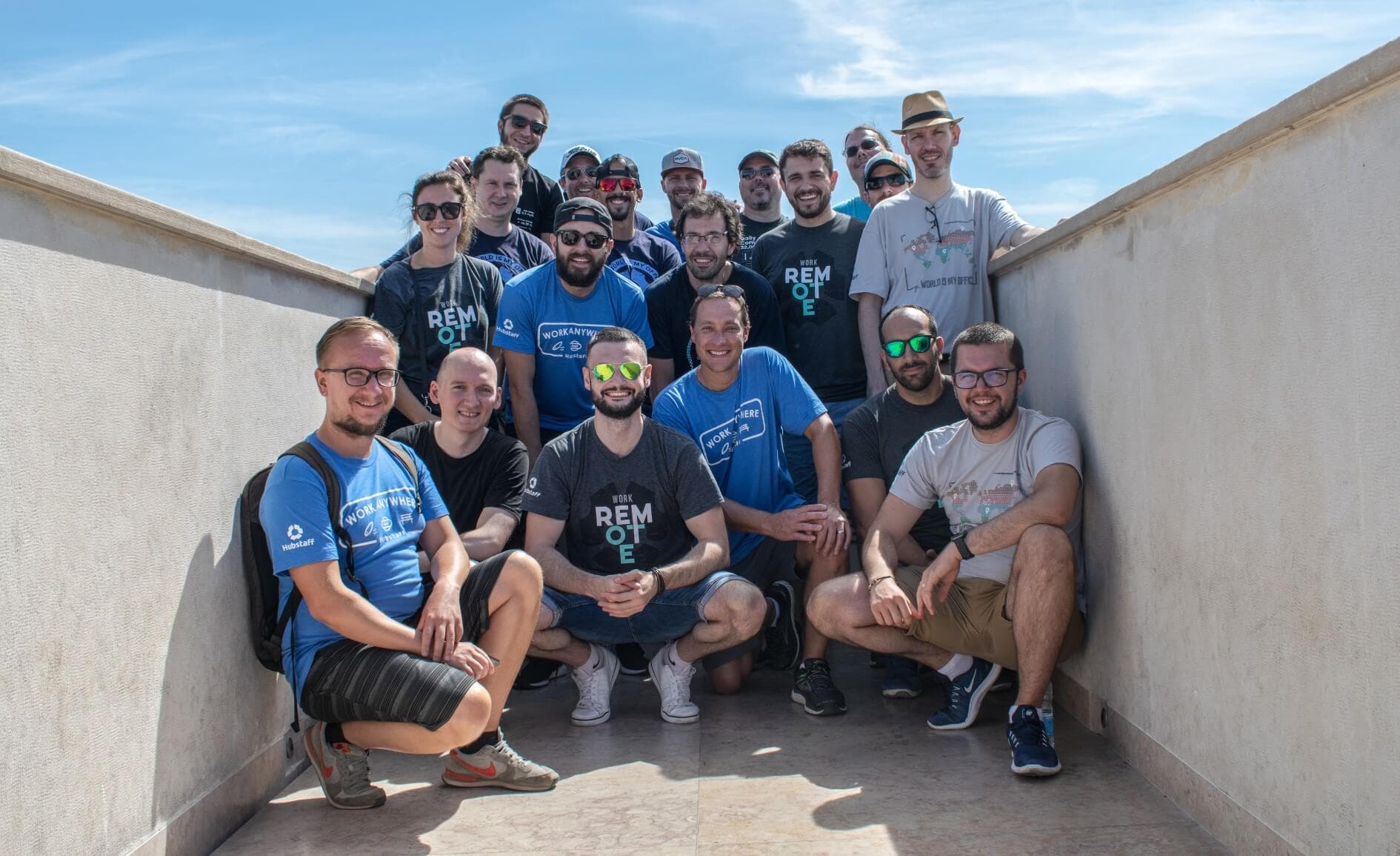
Enlisting the help of a local guide
We would have been lost — literally and metaphorically — without our senior engineer, Gui. Born and raised in Portugal, Gui made a compelling case for taking our team to Lisbon. Then, he provided guidance and recommendations every step of the way.
Gui and the retreat team created an itinerary around local cuisine and sights to give us a better sense of the culture. He even went so far as to choose the menu and lead the group, which, if you’ve ever done for more than 5 people, you know is a daunting task.
We chose accommodations in the heart of Lisbon, which put restaurants and the office all within a 15-minute walk.
For destinations that were beyond a nice walk, we opted for public transit. Again, having someone from your retreat location is a big help here.
Once we had our restaurants, meeting spaces, and accommodations, we started the next step: scheduling.
Make a schedule and try your best to stick to it
This was another important lesson this year. The planning team did a great job of budgeting for travel from location to location, which helped keep our schedule on track.
Our recommendation is to delegate one person who can refer back to the itinerary throughout the trip, and make sure you’re not forgetting anything. You’d be surprised how easy it is to get wrapped up in one activity. Time flies when you’re making lifelong connections and working side-by-side with colleagues you maybe haven’t met before!
The schedule followed pretty much the same pattern as the one from last year:
Monday and Friday were for arriving and departing.
The days in-between were a mix of getting things done, getting to know each other more and having fun.
A regular day went something like this.
| Tuesday (Sept. 18th) | |
| 7-9 | Free time, breakfast at apartments |
| 9 | Depart for office |
| 9:30 | Icebreaker |
| 10 | Hackathon lightning round pitches |
| 10:20 | Voting on ideas |
| 10:25 | Top 5 team leaders form teams |
| 10:45 | Planning phase |
| 11:45 | Walk to lunch |
| 12:45 | Building phase |
| 4 | Presentations |
| 4:30 | Travel back to apartment |
| 6:30 | Team photos / depart for dinner |
| 7 | Dinner (Sacramento) |
| 9 | Escape room |
This structure gave our team a sense of how to prepare for the day and kept us on task while working.
Pro Tip: Try to get most of the work done in the first half of the week, so you can have more time for activities toward the end.
Prioritize company-wide initiatives over day-to-day projects
Being a remote team allows us to be incredibly productive on a daily basis. However, some projects benefit from the shared brainpower of teamwork sessions.
For this reason, we asked the team to think of ideas and pitch them for a hackathon-style workday.
The requirements for hackathon projects:
- Must be able to be accomplished in 1 day (4-6 hours, specifically)
- Must require interdisciplinary teams (giving developers, designers, and marketers a chance to work together)
And, that’s pretty much it.
Hosting our own hackathon gave us all a chance to share ideas about how the company and product can be improved. It also moved projects forward that we’ve discussed over the past few months.
Hackathon process
Each person first pitched their idea, and then we shortened the list by voting for our top three.
Those who pitched the winning ideas then had to convince other Hubstaffers why it’s a good way to improve the Hubstaff product. You had to do the work of building your own team of 3-4 people.
Ideas ranged from a new Paypal invoice button to ways to automate our integrations workflow to a new badge system.
As an added bonus to the teamwork and bonding that happened during the hackathon, we left the retreat with five new initiatives that we’ll be refining and pushing live in early 2019.
Pro tip: On our first day together, we started with an icebreaker to help us understand each person’s role at Hubstaff, along with their hobbies and outside interests. If you have a mostly new team, this is a good chance to find some common interests and personalities.
Don’t forget: Make time to explore
Feeling energized by the work we accomplished together and excited to explore more of Lisbon, we set out on excursions as a group at the end of each day.
On Wednesday and Thursday, we went sightseeing to Belém and Sintra. This year, I don’t need to include photos from Unsplash because we have quite a few photographers, including one of our designers, Adrian, who captured the trip beautifully.
Here are a few more photos shared by our team members.
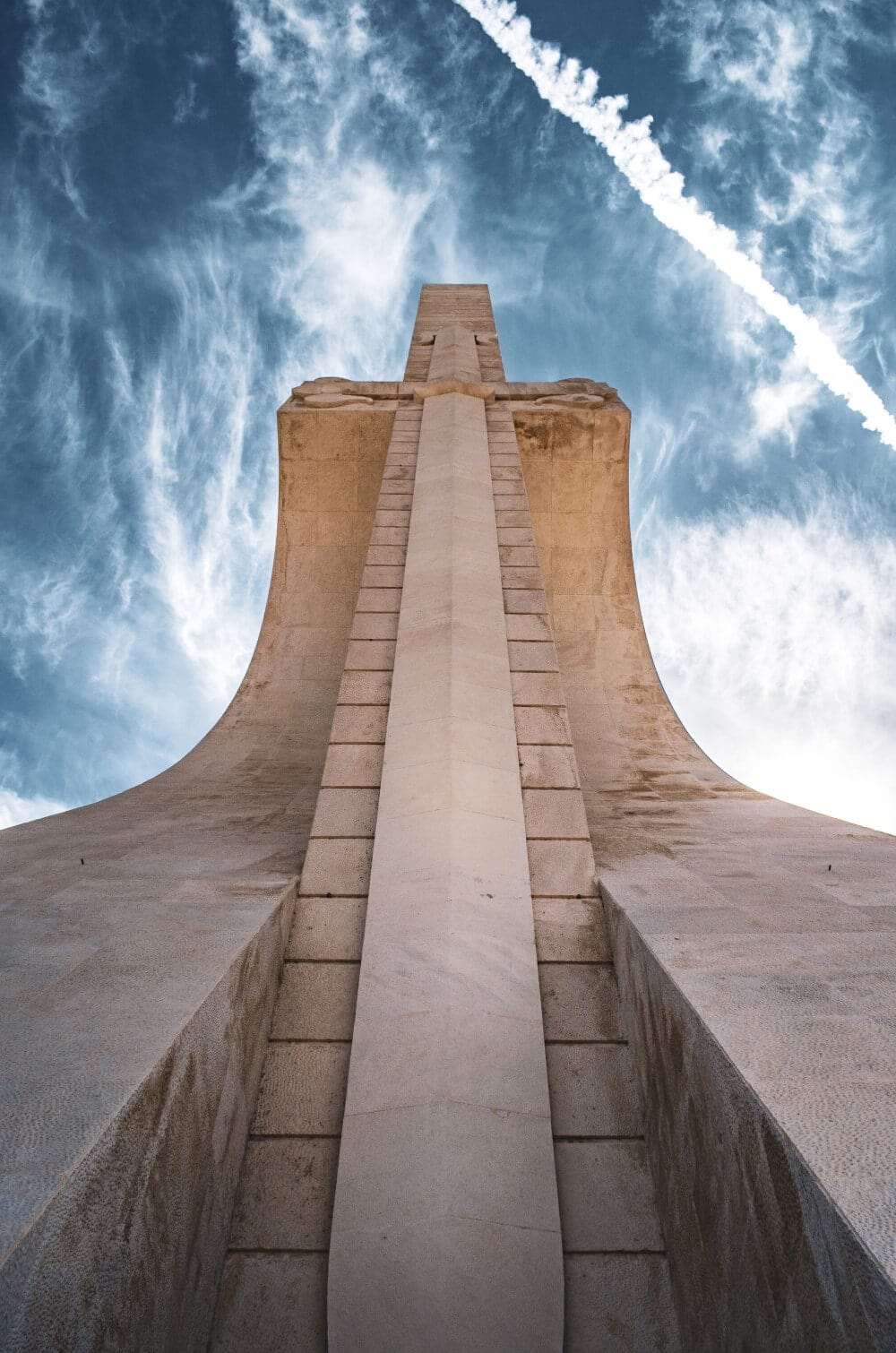
Start some traditions
If it’s your first year hosting a retreat, you might not have your favorite team activities yet. That’s what year two is for.
This trip, we stayed true to the escape room activity. It was a blast last year and it turned out to be even better (and more challenging!) this year. Unfortunately, no one made it out in time, but that gave us more to bond over in the days that followed.
A couple Hubstaffers decided to take in more of Portugal via bike. Kelvin and Gui logged 116 miles over three mornings, all while the rest of us were still sleeping.
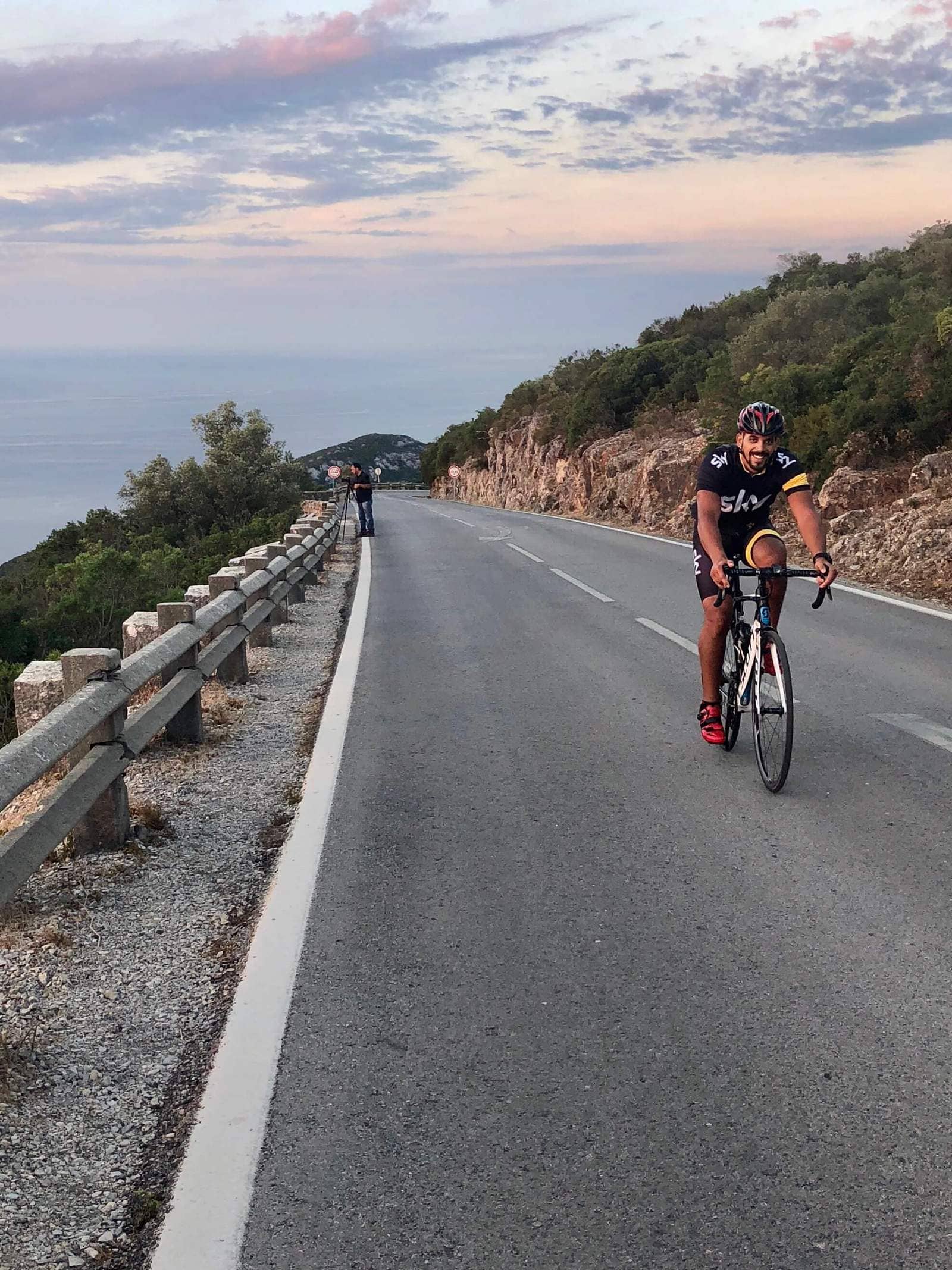
Subscribe to the Hubstaff blog for more tips on establishing your remote culture
What we’ve learned at our second annual remote retreat: Recap
The hackathon was a complete success. Out of all the activities we scheduled, this one stood out the most.
Why? It required us to talk about our product, work together, and present ideas to the group.
The success of our hackathon was our biggest retreat takeaway because, in a few hours, we turned an idea into a fully implemented feature.
Seeing how well it worked at the retreat sparked another thought: we can replicate this into a remote environment.
Consider a development-related project. The product team, design team, and development team could all take part in completing a specifications document in real-time.
Then, we could implement the plan in a scheduled working session. Each session could be 2-3 hours long with each person on the team doing their part, getting feedback immediately, and moving forward.
These teamwork sessions, as we now call them, have a few huge benefits.
- They bridge the gap of remote team members by promoting face-face communication.
- They give team members a chance to learn from each other and their work styles.
- Brainstorming can provide better results than one person is working on a challenge alone.
Another thing we’ve learned is that it’s good to see your team members in person every now and then. It creates stronger connections between peers and gives companies a chance to think about the bigger picture.
Considering Lisbon for your next retreat?
We say: Go for it.
Lisbon has an international airport, which makes it an easy destination for international teams.
It has great food, and it’s pretty affordable compared to the other western European countries. (One dinner at a nice restaurant was around 650 EUR for 20 people.)
Lisbon offers plenty of sights and activities, accommodations in the heart of the city, and the bluest sky you’ll ever see.
Even though we’re all back home now, we’re still talking about the trip and how much we’re looking forward to next year.
Until then, we still get to build great things, and catch up during our video calls. I am proud to be part of such an amazing team.
Most popular
The Fundamentals of Employee Goal Setting
Employee goal setting is crucial for reaching broader business goals, but a lot of us struggle to know where to start. American...
Data-Driven Productivity with Hubstaff Insights: Webinar Recap
In our recent webinar, the product team provided a deep overview of the Hubstaff Insights add-on, a powerful productivity measurem...
The Critical Role of Employee Monitoring and Workplace Security
Why do we need employee monitoring and workplace security? Companies had to adapt fast when the world shifted to remote work...
15 Ways to Use AI in the Workforce
Whether through AI-powered project management, strategic planning, or simply automating simple admin work, we’ve seen a dramatic...
